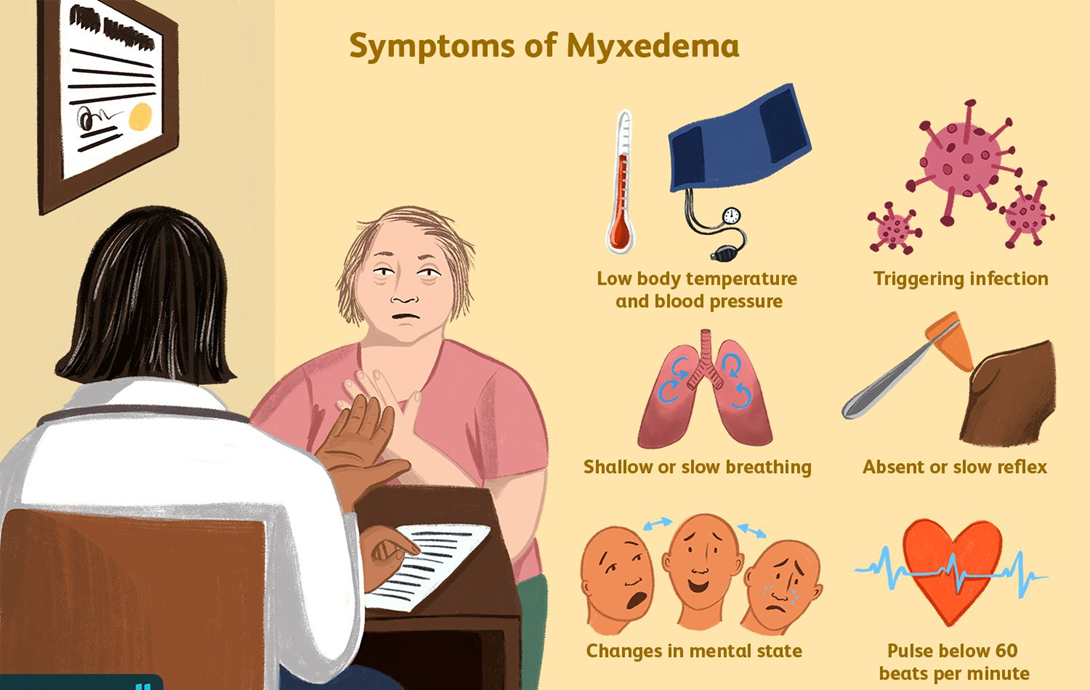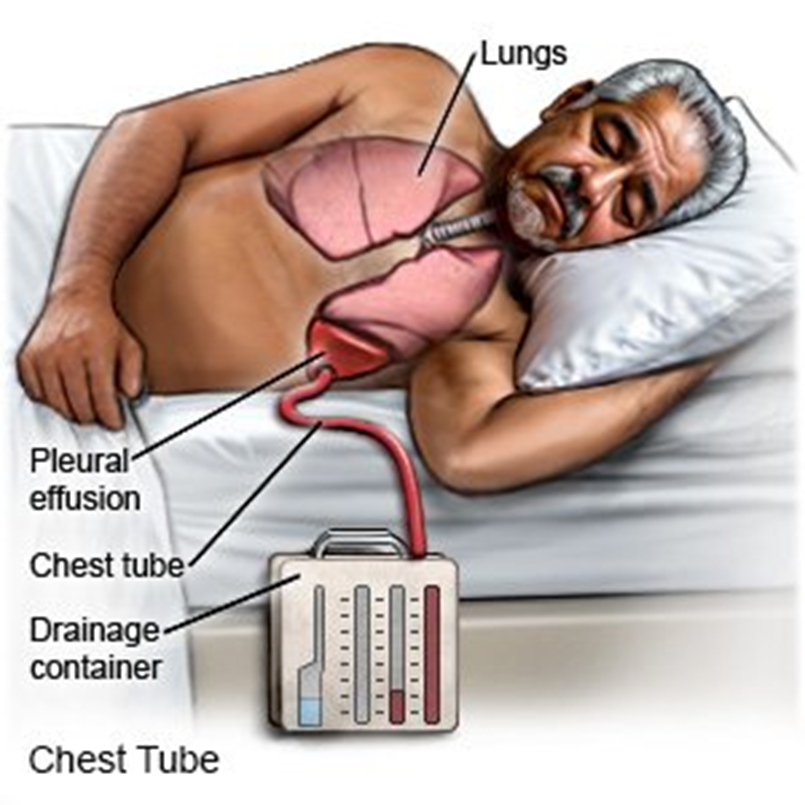You are caring for a client in the ED with B/P 254/139 mm Hg. Which of the following actions would you take first?
Elevate the head of the client’s bed
Contact the Rapid Response Team
Tell the client to report vision changes
Insert a peripheral IV
Initiate seizure precautions
The Correct Answer is B
Choice A reason:
Elevating the head of the client’s bed can help reduce blood pressure slightly by promoting venous return and decreasing intracranial pressure. However, this action alone is not sufficient to address the severe hypertension (254/139 mm Hg) the client is experiencing. Immediate medical intervention is required to prevent complications such as stroke, heart attack, or organ damage.
Choice B reason:
Contacting the Rapid Response Team is the highest priority action. The Rapid Response Team is trained to handle critical situations and can provide immediate interventions to stabilize the client’s condition. Severe hypertension at this level requires urgent medical attention to prevent life-threatening complications. The team can administer medications to lower blood pressure quickly and monitor the client closely.
Choice C reason:
Telling the client to report vision changes is important because vision changes can indicate hypertensive retinopathy or increased intracranial pressure. However, this action is not the immediate priority. The client’s blood pressure needs to be controlled urgently to prevent further complications.
Choice D reason:
Inserting a peripheral IV is necessary for administering medications and fluids. While this is an important step, it should follow the immediate action of contacting the Rapid Response Team. The team can then use the IV access to administer antihypertensive medications promptly.
Choice E reason:
Initiating seizure precautions is important because severe hypertension can lead to seizures. However, this action is not the first priority. The primary focus should be on stabilizing the client’s blood pressure through immediate medical intervention.
Nursing Test Bank
Naxlex Comprehensive Predictor Exams
Related Questions
Correct Answer is A
Explanation
Choice A Reason:
Place the client on aspiration precautions: Myxedema coma is a severe form of hypothyroidism that can lead to decreased mental function and a reduced level of consciousness. These conditions increase the risk of aspiration, which can lead to pneumonia and other complications. Therefore, placing the client on aspiration precautions is crucial to prevent these risks. Aspiration precautions may include elevating the head of the bed, monitoring swallowing ability, and providing thickened liquids if necessary.

Choice B Reason:
Turn the client every 4 hours: While turning the client regularly is important to prevent pressure ulcers, it is not the primary action needed for a client in a myxedema coma. The focus should be on stabilizing the client’s condition and preventing life-threatening complications such as aspiration, respiratory failure, and cardiovascular collapse.
Choice C Reason:
Check the client’s blood pressure every 2 hours: Monitoring vital signs, including blood pressure, is essential for clients in a myxedema coma. However, it is not the most critical action compared to preventing aspiration. Blood pressure should be monitored regularly, but the frequency can be adjusted based on the client’s condition and stability.
Choice D Reason:
Initiate measures to cool the client: Clients in a myxedema coma typically present with hypothermia (low body temperature), not hyperthermia (high body temperature). Therefore, initiating measures to cool the client would be inappropriate and could worsen their condition. Instead, measures to warm the client, such as using blankets and adjusting room temperature, are more appropriate.
Correct Answer is D
Explanation
Choice A Reason:
Malfunction of the alarm button is unlikely to be the cause of increased peak airway pressure. The alarm is designed to alert the nurse to a problem with the ventilator or the patient’s airway, not to malfunction itself. Therefore, this is not the first thing the nurse should assess.
Choice B Reason:
A cut or slice in the tubing from the ventilator could cause a loss of pressure or air leak, but it would not typically result in increased peak airway pressure. Instead, it would likely cause a decrease in pressure and potentially trigger a different alarm.
Choice C Reason:
Higher than normal endotracheal cuff pressure can contribute to increased peak airway pressure. However, it is not the most immediate concern compared to a kink in the tubing, which can completely obstruct airflow and rapidly compromise the patient’s ventilation.
Choice D Reason:
A kink in the ventilator tubing is a common and immediate cause of increased peak airway pressure. It obstructs the flow of air, leading to a buildup of pressure in the system. This is the first thing the nurse should assess and correct to ensure the patient is receiving adequate ventilation.

Whether you are a student looking to ace your exams or a practicing nurse seeking to enhance your expertise , our nursing education contents will empower you with the confidence and competence to make a difference in the lives of patients and become a respected leader in the healthcare field.
Visit Naxlex, invest in your future and unlock endless possibilities with our unparalleled nursing education contents today
Report Wrong Answer on the Current Question
Do you disagree with the answer? If yes, what is your expected answer? Explain.
Kindly be descriptive with the issue you are facing.
